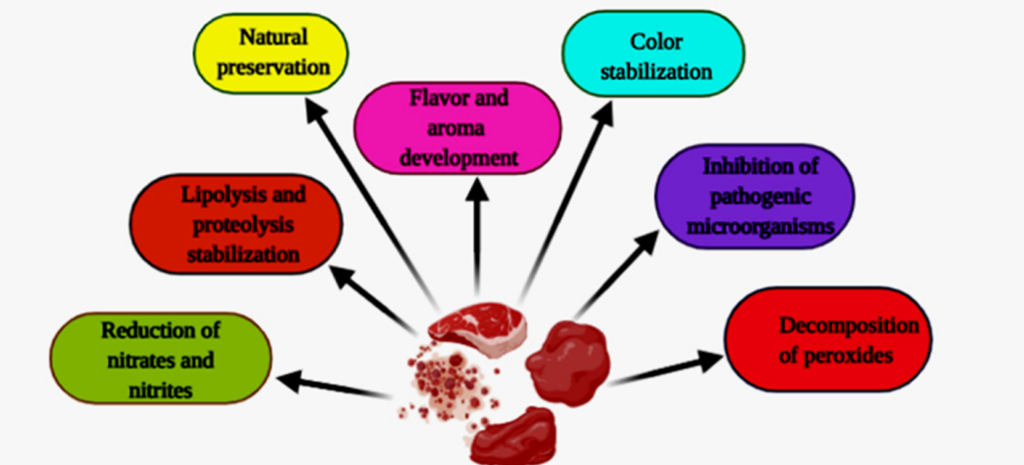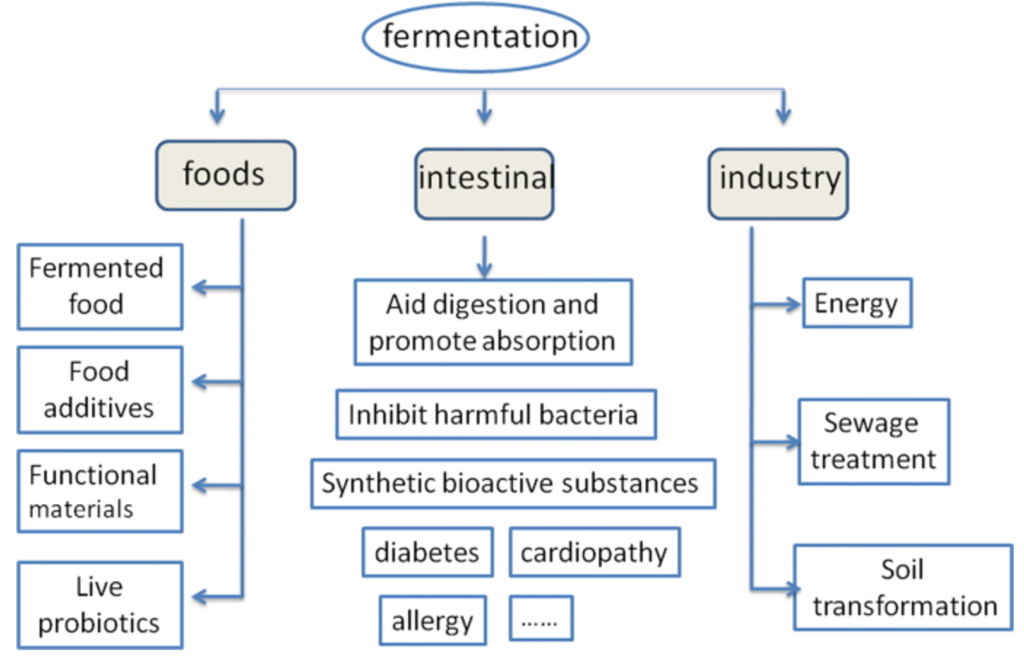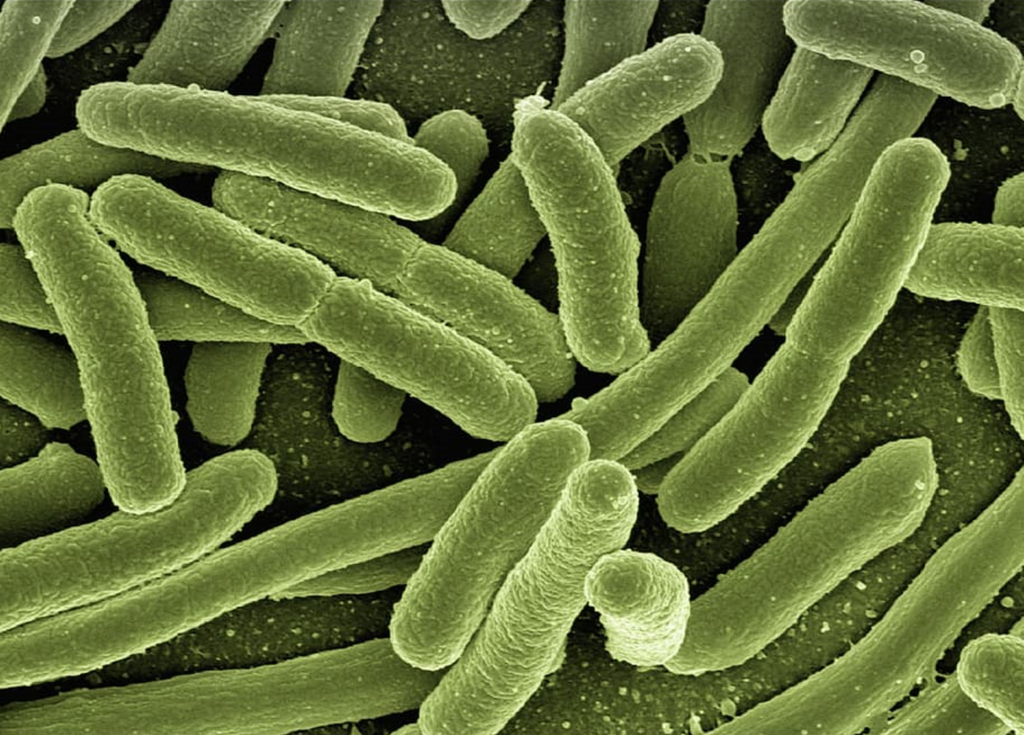A Biotechnology Perspective
Ever wondered how your favorite fermented foods (and the drinks that accompany them)? From yogurt to beer, the principles of fermentation can be seen and have been used by man for ages. Do you turn on the light when you approach inclined to think that the magic of fermentation is performed by tiny germs such as bacteria? Alright, let’s start exploring the area of bacterial fermentation in biotechnology and see some examples of microbial fermentation we face every day.
What is Fermentation?
Fermentation is a process of anaerobic respiration in which bacteria and yeast decompose sugars into acid, gases or alcohol. Hence, this old method of preserving food is also applied and very important in making modern biotechnology for industries.
But here’s the real question: why does bacterial fermentation happen in the first place? For survival! That is how they create their energy in terms of anaerobic conditions.
Microbial Fermentation and Bacterial Fermentation
Whereas microbial fermentation is the process involving all microorganisms like fungi and yeast, bacterial fermentation is specifically confined to bacterial type. They both have different uses, brewing beer and synthesis of antibiotics, for example.

An Understanding of Bacteria and Fermentation
Do you know that we cannot have cheese with its unique taste, or pickles with its sharp taste without bacteria? The apt role performers in fermentation are bacteria that constantly nibble the organic compounds in food and metamorphose them into products that can be utilized.
Key benefits of using bacterial fermentation
Some key benefits of bacterial fermentation are:
- Better conservation of foods.
- Improved nutritional content.
- Unique flavour profiles.
- Consumer uses in biopower generation, biofuel production, enzyme synthesis etc.
Kinds of Bacteria Used in Fermentation
The kinds of bacteria used in fermentation are:
1. Lactic Acid Bacteria (LAB)
- These are the superheroes behind yogurt, cheese, and kimchi. LAB ferments lactose and other sugars to form lactic acid which is responsible for that typical sour taste of fermented foods.
- Examples of LAB: are Lactobacillus, Streptococcus and Leuconostoc.
- Applications: Cheese, yogurt, fermented foods, and probiotic beverages, respectively.
2. Acetic Acid Bacteria
- Have you ever perhaps thought about how vinegar is made? Acetic acid bacteria convert ethanol into acetic acid, which is a main constituent of vinegar.
- Common species: Acetobacter and Gluconobacter.
- Industrial use: Preparation of vinegar and other food flavoring agents.
3. Propionic Acid Bacteria
- These bacteria are well known for forming holes in Swiss cheese. It converts lactic acid into propionic acid as well as carbon dioxide.
- Key bacteria: P. freudenreichii.
- Applications: Acid-making and cheese-making reagents.
4. Ethanol-Producing Bacteria
- Certain types of bacteria include Zymomonas mobilis which is of particular importance to biofuel synthesis as glucose is fermented to ethanol.
- Use of bacteria in the production of food and beverages; principles of biochemical oxygen demand.
Examples of Bacterial Fermentation in Biotechnology
Here are some examples of fermentation in biotechnology:
1. Pharmaceutical Production
Would you believe that the drugs we know today such as penicillin, were gained through microbial fermentation? They also produce enzymes as well as vitamins for use in drugs.
2. Biofuel Generation
Currently, bioethanol and biogas are produced through bacterial fermentation hence meeting the global high demands for Sustainable energy.
3. Food and Beverage Industry
Bacteria has brought a revolution in what we eat and what we drink ranging from the commonly used bread to the newly popularized Kombucha. They can ferment to make foods and beverages taste better and to help preserve and enhance nutrient content.
Different Types of Fermentation and Their Uses

1. Yogurt and Dairy Products
Lactobacillus and Streptococcus ferment milk producing yummy creamy yogurt and magnificent cheese.
2. Bread Baking
Has anyone ever eaten a tender mass of sourdough? That is due to bacterial fermentation that creates the formation of carbon dioxide.
3. Alcoholic Beverages
Even though yeasts are the industry stars, some bacteria are used to boost tastes in brewing beer and winemaking.
4. Pickles and Sauerkraut
These are products of lactic acid fermentation by bacteria These small but delightful treats contain bacteria usually of lactic acid fermentation.
Would you be able to picture your kitchen without these products? All of this can be attributed to microbial fermentation!
Where Does Bacterial Fermentation Happen?
This is a very good question indeed. It is also important to understand that bacterial fermentation is not constrained to a particular kind of environment as we are going to see below.
- Industrial fermenters: Applied in the industrial manufacture of antibiotics and bio-fuels.
- Human gut: Yes, you know you have trillions of bacteria in your body and these are fermenting things to help digestion.
- Traditional setups: Imagine those clay pots used to store pickles.
How To Choose the Right Bacteria for Fermentation?
So, if you are a biotech enthusiast or food producer, the choice of the bacterial strain is most critical.
- Identify the desired product: ether lactic acid, ethanol or acetic acid?
- Consider environmental conditions: These include; Temperature: pH; and dissolved oxygen.
- Look for efficiency: Such bacteria should be effective and produce as little waste by-product as can be imagined.
Bacterial fermentation has been considered an effective method of generating useful products Its effectiveness notwithstanding, this process is characterized by the following hurdles:
Challenges in Bacterial Fermentation
- Contamination: Other Microbes can do the spoilage work There are other microbes which can spoil the batch of beer.
- Consistency: The uniformity that the use of a fully developed style ensures during production. The reason why style developed into fine art can maintain the quality in large-scale production.
- Costs: Culturing bacteria and sterilizing equipment often costs a lot of money due to the high quality of bacteria being used.
Future of Bacterial Fermentation
It also appears that the future of bacterial fermentation is rosy. As the technique in genetic engineering is improving and improving, scientists are developing bacteria that can do particular jobs. From making plastics that can be biodegraded to synthesizing hormones, the options cannot be exhausted.

What You Need to Know About Bacterial Fermentation?
And the very basic knowledge of bacterial fermentation allows those of you who are food lovers, scientists, or simply individuals who are interested in this world, to proceed to appreciating the science of everyday items. That is not an argument about food; it’s an argument about sustainability, progress, and the development of biological technology.
Conclusion
In the captivating field of biotechnology, bacterial fermentation is not simply a foundation on which new ideas may be built, but also the bedrock on which one may find source material for the creation of the novel and the improvement of the tried and true. To generate most of the required goods, beginning with the life-saving antibiotics and ending with your favorite fermented foods, bacteria cannot be dispensed with.
If you want to know more about fermentation, why not check out some advanced fermenters at Fermenter China?
FAQ’s
- What is meant by Bacterial fermentation?
Anaerobic digestion simply refers to the breakdown of sugars into acids, gases or alcohol with the use of bacteria and in the absence of oxygen. It has a broad application in food processing, medical treatment and other bio industries.
- Is bacterial fermentation dangerous?
The majority of bacterial fermentation processes are safe and considered health benefits however the negative effects of such processes could erupt due to wrong handling or contamination producing some toxic substances. Regarding fermentation, it is crucial to achieve and control a clean environment because of the nature of situations that may occur.
- When giving examples of bacterial fermentation in our everyday existence, what can one come up with?
It is used industrially in the preparation of goods such as yogurt, cheese, pickles, vinegar and biofuels. Here, these processes require certain bacteria that are needed to produce the required products
